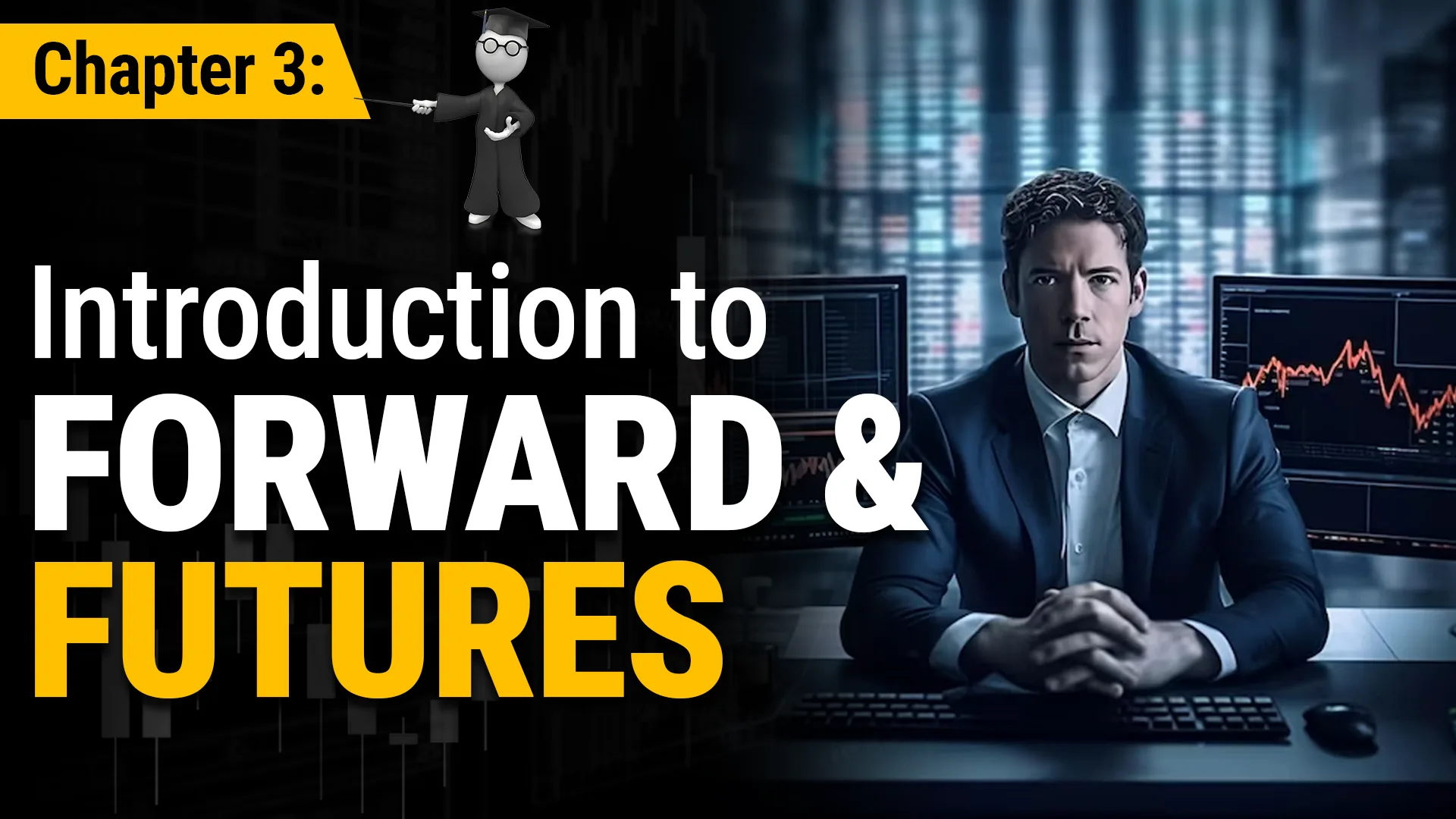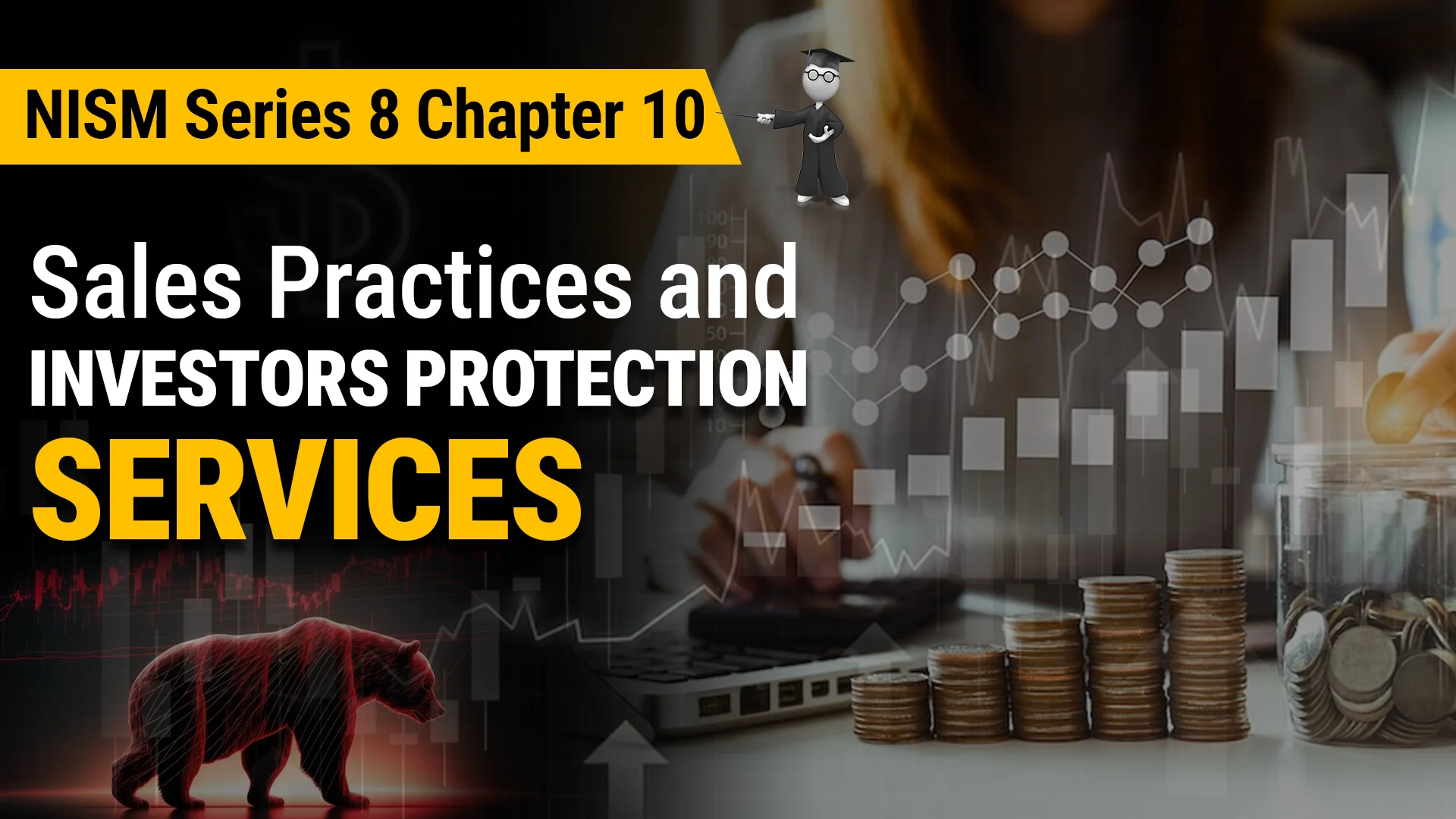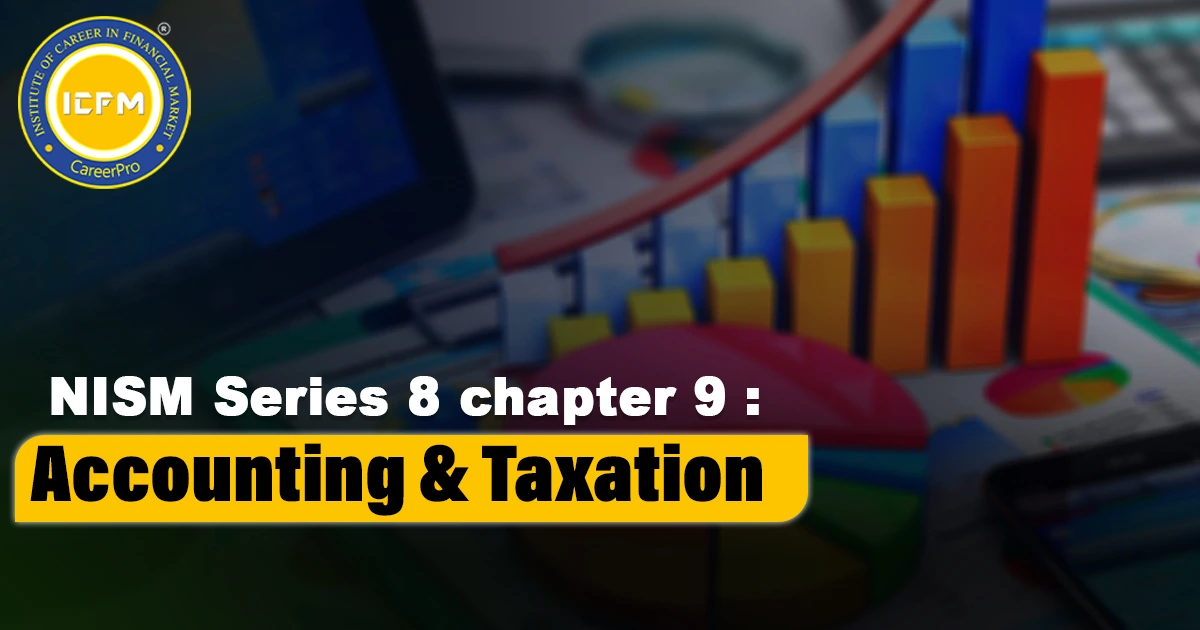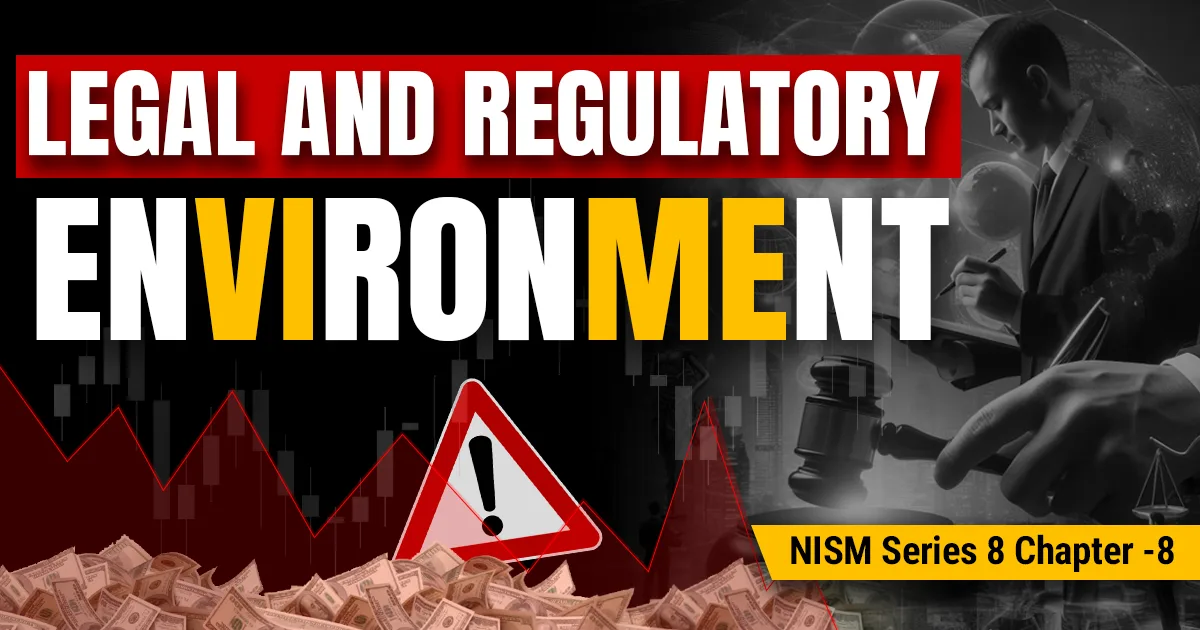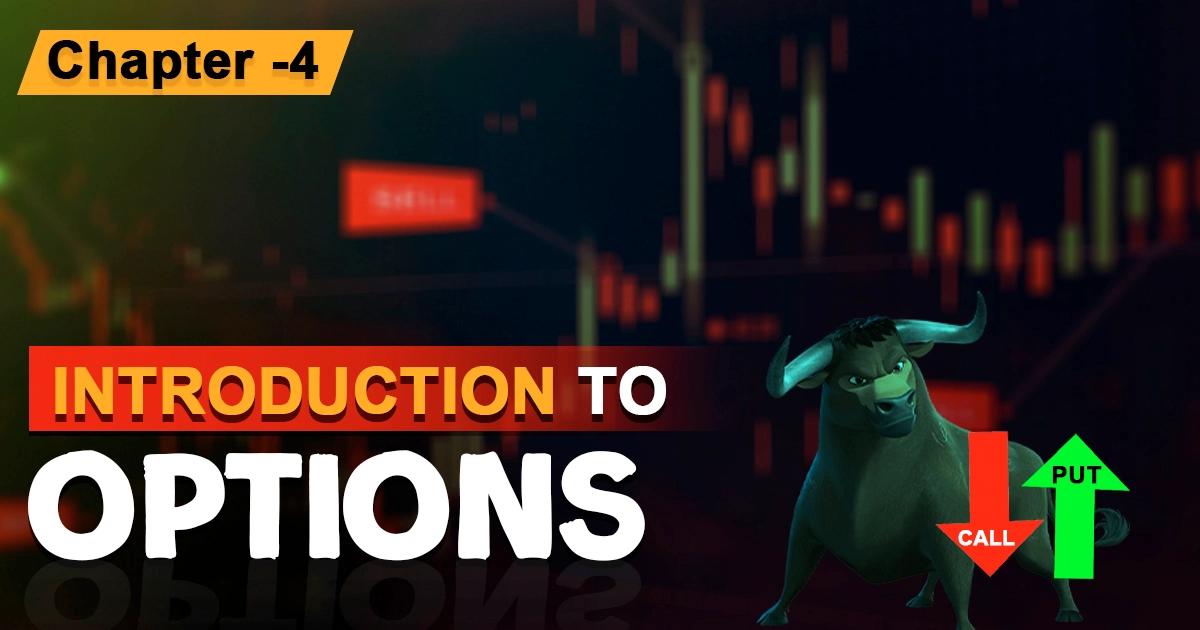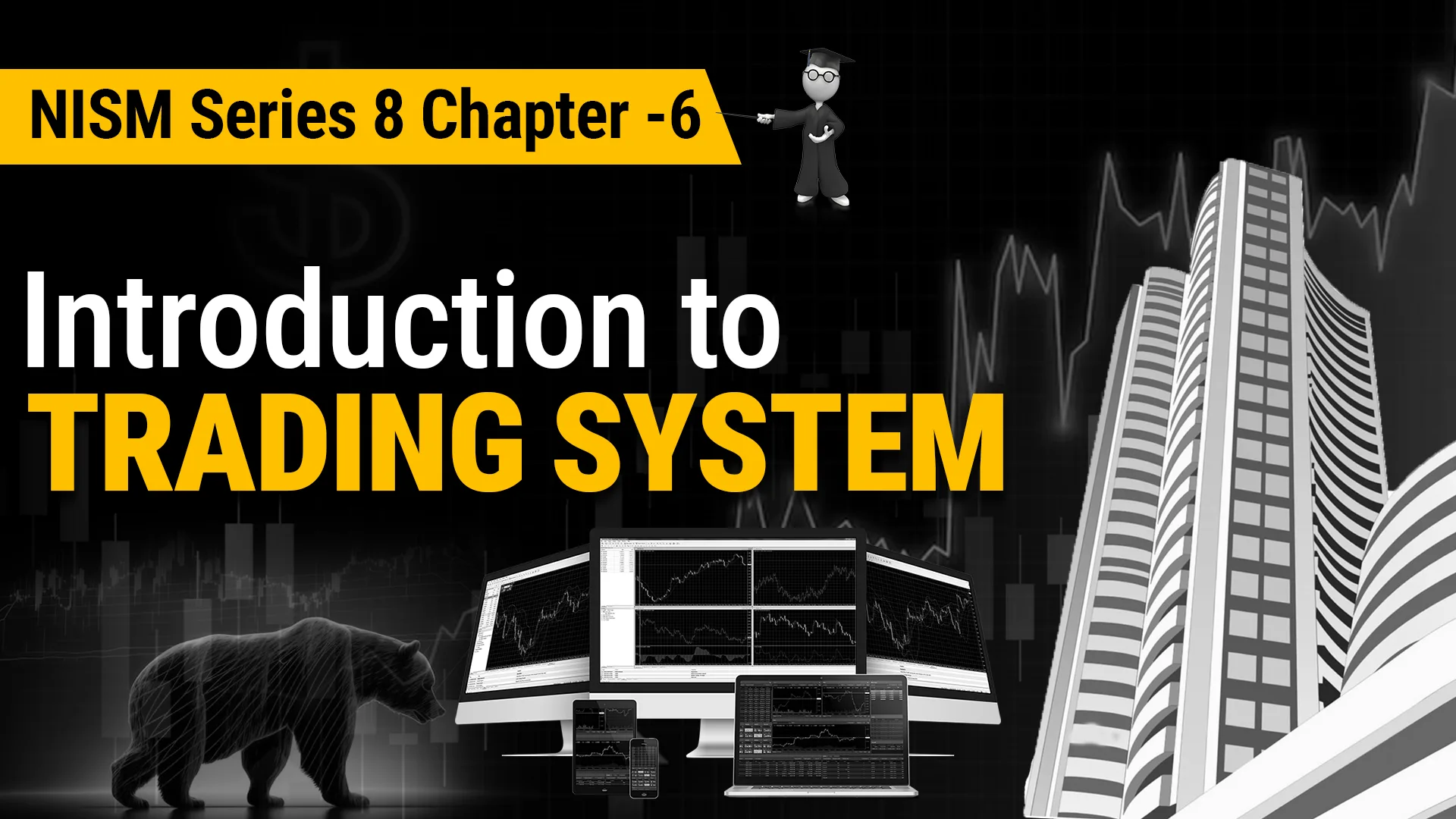Chapter 3: Introduction to Forward and Futures
3.1 Introduction to forward and futures Contracts
3.2 Pay off Charts for Futures Contract
3.3 Futures pricing
3.4 Commodity, Equity & Index Futures
3.5 Uses of Futures
3.1 Introduction to forward and futures Contracts
Forward Contracts: A forward contract is a private agreement between two parties to buy or sell an asset at a specified future date for a price determined today.
Key features:
Bilateral contract: Terms are negotiated directly between the parties.
(a) No exchange: Traded on over-the-counter. OTC is not trading over any exchange.
(b) Custom-made: Terms (price, quantity, delivery terms). Any term can be predecided.
(c) Obligatory: Both need to meet the contract obligation based on the market rate variations on the date of the delivery.
Example: The agreed price for one buying gold from a jeweller on a monthly basis as at Rs. 15,450. Based on this, if he doesn't sell at the spot prices when he needs, you would still have to agree and pay at Rs.15, 450 per month.
Risk associated:
- Liquidity risk: Cannot be sold or liquidated before maturity because no secondary market is available.
- Counterparty risk: The other party will not honour his obligation.
Futures Contracts:
A futures contract is a standardized contract traded on an exchange to buy or sell an asset at some future date.
Key characteristics:
- Traded on exchange: the contracts are standardized and are settled through a clearinghouse.
- Margin system: The parties have to place the first margin and have margin accounts while ensuring counterparty risk mitigation.
- Price discovery: Market prices are found as contracts are traded in the market through an exchange platform
- Mark-to-market (MTM): Gains and losses accrued in daily terms while basing margins on the daily closed price
Example: Using Nifty index futures a buy/sell order may sell/buy the underlying value of the index on any given date at a stipulated price from an exchange.
Futures Glossary:
- Spot Price: The market price at which the asset is quoted.
- Futures Price: The price agreed on the contract.
- Tick Size: The minimum increment in price permitted.
- Contract Size: Number of units the asset is contracted for in a contract (50 units, Nifty Futures).
- Basis: Difference between spot price and futures price. Usually moves towards zero as the expiry date approaches.
- Open Interest: Total outstanding contracts reflect trading activity.
3.2 Futures Contract Payoff Illustrated
A futures contract payoff is the profit or loss a trader can make on the underlying asset at the contract's expiry, as per the price movement of the underlying asset.
(a) Long Futures Position (Buyer):
When you go long on a futures contract, you are agreeing to the underlying asset at a set price, for example, Rs. 100. At expiry:
If the price increases (for example, Rs. 150), you can sell at the market price, earning a profit of Rs. 50.
If the price decreases (for example, Rs. 70), you will suffer because you would purchase at Rs. 100 and may only be able to sell at Rs. 70, thereby losing Rs. 30.
(b) Short futures position (Seller):
In a short futures position, you agree to sell the asset at a particular price. The payoff is the reverse of a long position:
If the price falls (say Rs. 60), you purchase the asset at a low price and sell at a higher contract price (say Rs. 100).
If the price increases, you lose more because you have to close your position at a higher price.
Futures Pricing: Cash and Carry vs. Expectancy Model
Futures prices vary based on the details of the asset, but there are times when there may be a few methods to determine the futures price.Therefore, let's discuss some of the common methods that one can use to calculate the futures price: Cash and Carry, and Expectancy.
3.3 Futures pricing
Cash and Carry Model
The Cash and Carry Model is based on the arbitrage principle, through which any form of mispricing between the spot and futures markets will be quickly corrected by the traders. If the cost of holding the underlying asset is higher than the price quoted for a futures contract, traders can gain by buying the asset in the spot market, holding it, and selling it through the futures contract. This mechanism pushes prices in the spot and futures markets toward alignment.
Carry costs are storage, financing, and transaction costs . Carry costs, therefore, directly affect the futures price. To set a fair futures price, one has to add to the spot price the carrying cost of the asset in question. The price is not sustainable in futures at extreme deviation from the fair price; it would thus be arbitrated away.
The fair futures price, F _{0} = S _{0} + C _{0}
Futures Price = Spot Price + Carrying Costs
This model operates on some assumptions that include the fact that it is possible to buy or sell an asset in huge quantities, with little trouble in maintaining the asset, and no costs or taxes incurred from any transaction. All these conditions may not always be met in real markets, especially where seasonal commodities or assets which are not easy to store or trade are concerned.
Expectancy Model
The Expectancy Model suggests that futures prices are based on the expectations of the future spot price of an asset among market participants. Instead of focusing on the cost of carry, it focuses on expectations: if traders believe the spot price will rise, futures prices may trade at a premium; if they expect a fall, futures may trade at a discount.
- Contango Market: If futures prices are greater than the spot price, the market is expected to rise.
- Backwardation Market: If futures prices are lower than the spot price, the market is expected to fall.
Price Discovery and Convergence
The future price is the market expectation of the future spot price, and both prices are expected to converge as the futures contract approaches expiry. At expiry, the futures price settles at the underlying asset's spot price as there is no difference between them.
3.4 Commodity, Equity & Index Futures
The underlying philosophy of a futures contract, irrespective of the type of asset that the underlying security is based on, will be the same when it is a commodity-based underlying security, equity, or index. However, some key differences will be noted:
- Commodity Futures: Some commodity-based futures are delivered physically, hence they require warehousing as they are bulky products. Moreover, the commodity can vary in quality at such high levels that evenaffect the contract.
- Equity & Index Futures: These are normally cash-settled, with no physical delivery. The underlying assets, like stocks or indices, do not need special storage, and their quality is uniform.
3.5 Uses of futures:
(a) Hedgers :
Hedgers use derivatives to hedge or limit their exposure to market risks such as the price of commodities, exchange rates, and interest rates. Examples include a farmer selling futures contracts as a way of hedging on a price for a crop or a company using forwards to hedge currency risk on payments it would make in the future.
(b) Speculators/Traders :
Speculators use derivatives to earn profits from the changes in price in the markets. They can enter positions using relatively less capital than is needed to trade the underlying asset directly. For example, a trader may take a long position in a futures contract if he anticipates that the price of a commodity is going to rise.
(c) Arbitrageurs :
Arbitrageurs exploit price differences between markets and earn risk-free profit by purchasing and selling an asset in two different markets at the same time, exploiting the price differences. Arbitrage opportunities are short-lived and help maintain market efficiency.
Uses of Index Futures
(a). Unsystematic Risk: The risk is specific to an individual asset or industry and can be diversified away.
(b. Systematic Risk: Market risk common to all investments and hedged with index futures. Beta measures the sensitivity of a stock or portfolio to movements in the market.
Hedging Systematic Risk:
If an investor has a portfolio and anticipates market volatility, then the investor can hedge with index futures. For example, using a hedge ratio, which is the value of the portfolio * beta/value of the futures contract, they will determine how many contracts to sell or buy to offset possible moves in the market.
Types of Hedge Strategies
- Long Hedge: It is used when an investor expects the price to rise. They go long on futures to hedge against price increases. Example: A flour mill buys wheat futures to hedge against rising prices.
- Short Hedge: It is used when an investor expects the price to fall. Example: A portfolio manager might sell index futures to protect against a decline in market value.
- Cross Hedge: It is used when no future contract exists for a specific asset. A closely related asset is used for hedging, for example, using the futures of crude oil as a hedge against the rise in price of jet fuel.
Futures Market Trading:
(a). Naked Positions: Futures positions are taken when traders speculate on price movement without holding the underlying assets. They take long, that is, buy positions or short, that is, sell positions.
(b). Spread Positions: Traders buy and sell closely related futures contracts. Such spreads are either calendar spreads or inter-commodity spreads.
(c). Arbitrage: An arbitrage opportunity arises when the price of an asset is higher in one market than in another market where the same asset is sold. It may be cash-and-carry arbitrage reverse cash-and-carry arbitrage or inter-exchange arbitrage.
Arbitrage in Futures Markets
(a). Cash and Carry: Purchasing the asset in the spot market and selling it in the futures market.
(b). Reverse Cash and Carry: Purchase in the spot market, sell in the futures market.
(c). Inter-exchange arbitrage: Use price differences of the same asset from two different exchanges.


